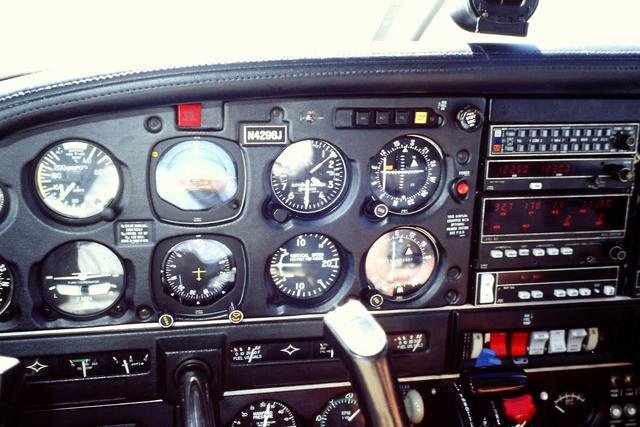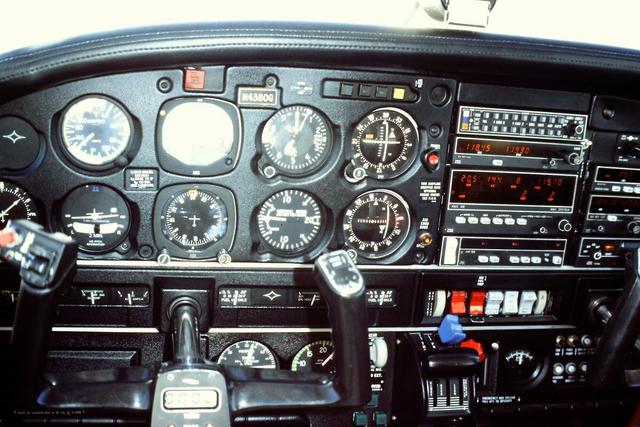I can imagine those T-arrows were sweet to fly when they were only 10 years old.
I flew those two T-tails on dozens of business trips around California, and one long 11-day vacation in 1990 that to this day our sons say was their favorite family trip. We flew N4296J from Van Nuys to Grants Pass, Oregon; to Portland, Oregon; to Glacier Park, Montana; to Cortez, Colorado (weather divert from Durango); and back to Van Nuys. It was on the very last leg, half an hour after takeoff from the Kingman AZ fuel stop, that the hydraulic pump took the rest of the day off, and the gear free-fell back down. It was a slow trip back to VNY at 10,500'.
The T-tails were pleasant enough once trimmed out and cruise power set, but they were odd ducks. Power management was funky, as you said, but the T-tail made handling weird, too.
The book says for a normal takeoff, accelerate on the ground to 65-75 KIAS. It'll be more like 75. The stabilator, which is 13% smaller in span and area than that on a Dakota or Archer, is up high, out of the energized propwash, and is not very effective in a level attitude on the ground. Once the nose comes up, and the stabilator dips down and takes a bite of that propwash, it suddenly becomes very effective. Thus you might overcontrol in pitch a bit on takeoff until you get the hang of it. Likewise on landing, as speed bleeds off the stabilator loses effectiveness more quickly than does the low tail, and the nosewheel tends to plop down rather firmly. It must enjoy turbulence, because it wags its tail like a happy puppy - worse than a low-tail PA-28.
Looking at all of the aerodynamic gimmicks on the T-tail stabilator -- fences, fillets and leading-edge slots -- I'd guess that Piper engineers had a heckuva time getting it to fly right.
Short video of a 1992 trip to KMYF in N4296J:








